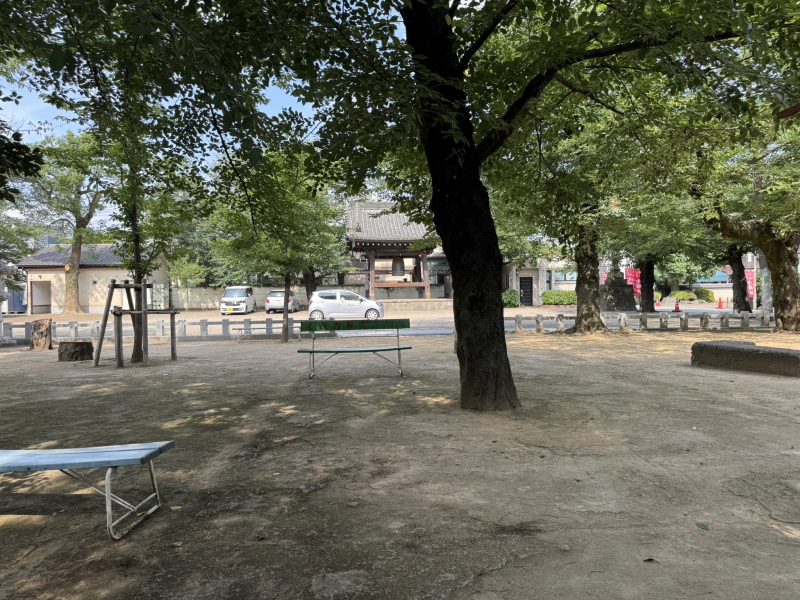A local perspective shows you scenery you wouldn’t normally see
Kawagoe is a city where history and culture are woven into everyday life. Known as “Little Edo” for its well-preserved Edo-period atmosphere, the city features iconic landmarks such as the traditional Kurazukuri warehouse-style buildings, the Toki no Kane bell tower that still marks the passage of time, and the nostalgic Kashiya Yokocho (Candy Alley). These famous spots have long defined Kawagoe as one of Japan’s most charming historic towns, offering visitors a sense of timeless beauty and cultural depth.
Yet, behind these picturesque scenes lies another Kawagoe—one that belongs to the people who live here every day. While visitors come to enjoy the “extraordinary,” residents continue their “ordinary” routines within the same streets and temples. The intersection of these two worlds—the tourist’s gaze and the local’s daily rhythm—is what gives Kawagoe its unique character as a living, breathing city rather than a static historical exhibit.
From a local’s perspective, Kawagoe reveals subtle layers of beauty often overlooked by short-term visitors. The changing of the seasons, the scent of fresh soy sauce from traditional breweries, and the morning bustle of neighborhood shops all contribute to a sense of harmony between the past and the present. Kawagoe is not merely a destination; it is a living community where culture, history, and daily life coexist in delicate balance.

The Quiet Mornings at Hikawa Shrine: A Place of Prayer and Peace
Although Hikawa Shrine is a well-known tourist destination, it transforms into a place of deep tranquility in the early morning hours. Before the city wakes, locals can be seen stopping by on their way to work or school, bowing gently in silent prayer. At that time, the shrine is less a sightseeing spot and more a sacred refuge for everyday people. Local volunteers frequently gather to clean the grounds and arrange flowers, demonstrating the strong bond between the shrine and the surrounding community. This quiet morning ritual reflects how spirituality remains part of Kawagoe’s daily rhythm.
Everyday Life in the Backstreets
A short walk from the busy Kurazukuri streets or the bustling Crea Mall near Kawagoe Station leads to a completely different world. The narrow alleys behind the main roads are lined with small, family-run businesses: florists, rice shops, traditional barber shops, and cozy cafés that cater primarily to locals. Around the Nakacho intersection, an old photo studio—still in operation after several generations—serves as both a business and a gathering place for the neighborhood. These backstreets showcase the authentic side of Kawagoe, where tradition quietly continues to thrive beyond the tourist map.
Temples as Spaces of Faith and Community
Famous temples such as Kita-in and Naka-in attract countless tourists each year, yet for residents, these temples play a much deeper role. They are the heart of community life, hosting New Year’s prayers, Shichi-Go-San celebrations for children, and lively Setsubun bean-throwing festivals. In spring, the cherry blossoms at Naka-in create a natural gathering spot for families enjoying picnics beneath the trees. Through these shared experiences, religion and daily life merge seamlessly—temples are not only places of worship, but also emotional anchors in the city’s social fabric.
Walking as a Way to Understand the City
Much of Kawagoe’s old urban layout, shaped during the Edo period, still remains intact today. Narrow lanes that once guided samurai and merchants now serve as modern residential roads. Walking through these paths reveals how the city’s past and present coexist physically and symbolically. Tourists and locals naturally share the same streets—one group searching for history, the other simply living within it. This everyday overlap is what makes Kawagoe’s urban landscape so rich and meaningful. Walking, therefore, is not just a way to explore; it is an act of connecting with centuries of living history.
Being a Respectful Guest in a Living City
Tourism is, by nature, an experience of the extraordinary—but it always takes place within someone else’s ordinary world. Visitors to Kawagoe are encouraged to approach the city with respect and curiosity, recognizing that the streets they walk are also part of local life. Seeing Kawagoe not only as a “showcase city” but as a “city of everyday living” allows for a deeper and more human travel experience. The true essence of Kawagoe lies in its coexistence—the balance between the historical charm that attracts travelers and the daily life that sustains the community.
Conclusion: Living Heritage, Shared Future
Through these local perspectives, Kawagoe emerges as more than just a preserved historical town—it is a living heritage. The city’s success lies in its ability to balance tradition with modern life, welcoming visitors while preserving the rhythms of its community. Walking through Kawagoe with this awareness transforms a simple sightseeing trip into an encounter with culture, people, and time itself.
Would you like me to make this version SEO-optimized for an English-language site (for example, with keywords like Kawagoe travel, Little Edo Japan, things to do in Kawagoe, local culture)? That version would perform better for Adsense review and search rankings.

